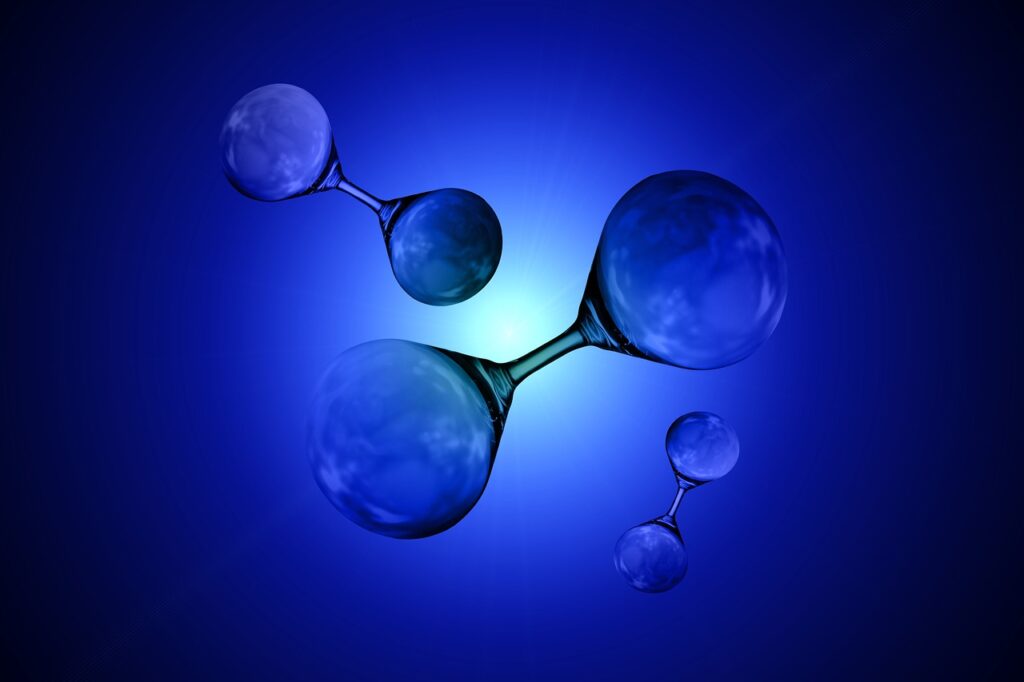In recent years, green hydrogen has staged a remarkable comeback and is emerging as a linchpin in the pursuit of a climate-neutral economy. It promises to play a pivotal role, particularly in addressing emissions in challenging sectors such as transport, heating, and heavy industry, and offers a solution for inter-seasonal energy storage. This resurgence of green hydrogen, driven by both energy security and decarbonization imperatives, is now not only fostering economic opportunities but also birthing a new era of EU-Africa relations.
Green hydrogen is generated through an eco-friendly process that combines hydrogen with oxygen, yielding only water and electricity. This makes it a clean and versatile energy carrier, ideal for a wide array of applications. It is primarily derived from green ammonia or water electrolysis powered by renewable energy. It has the potential to replace conventional fossil fuels in challenging sectors, offering a cleaner alternative and paving the way for a sustainable future.
The European Union (EU) has recognized the significance of green hydrogen in achieving its energy and climate objectives for the 2021-2030 period. Approximately half of EU member states have incorporated hydrogen-related goals into their national energy and climate plans, focusing mainly on transport and industry. Consequently, the EU has set an ambitious target of using 20 million tonnes of clean hydrogen by 2030, with half of this amount expected to be sourced from imports.
In a vast, arid, and sparsely populated land, Namibia has conceived an ambitious vision. At the heart of its development plan, known as Vision 2030, is green hydrogen. The country seeks to harness its abundant solar and wind resources to produce green hydrogen and become a hub for its production, utilization, and export in southern Africa.
For Namibia, green hydrogen represents a transformative spark. It not only promises industrial growth but also holds the potential to drive wider economic prosperity. Moreover, it could allow Namibia to reduce its energy imports, a significant step toward energy independence. Currently, Namibia relies on South Africa for 40% of its energy needs, a source that largely depends on coal, far from being green.
The hydrogen economy, with its extensive value chain, can offer significant job creation and attract international investments. This, in turn, can stimulate economic growth and development. Namibia’s inclusion in the EU’s Global Gateway strategy underscores its strategic importance, facilitating cooperation in realizing their shared ambitions.
Notably, the German government has committed to investing 40 million euros in Namibia’s green hydrogen projects, and Belgian and Dutch companies have already ventured into this burgeoning sector in the country.
To fulfill their shared objectives, the EU and Namibia must engage in open, ongoing dialogues. It is essential for both parties to clearly define their needs, common interests, and areas where they can mutually support each other. The EU is eager to secure access to competitive sources of clean hydrogen while upholding stringent sustainability standards for its production and export.
Namibia, on the other hand, is keen to ensure that the export of green hydrogen leads to economic growth and development, including increased energy and water access, job creation, and skills development. The mechanisms, conditions, policies, regulations, and quotas for this endeavor need to be transparent to prevent market gaps and production inefficiencies.
Developing green hydrogen for export demands significant infrastructure and technological investments. Therefore, it requires substantial financial and technical support. Given the high risks associated with green hydrogen project development, financial support from Development Finance institutions (DFIs) and Export Credit Agencies (ECAs) will play a critical role.
In November 2022, Namibia and the EU signed a Memorandum of Understanding that established a strategic partnership for sustainable raw materials value chains and renewable hydrogen. The operational roadmap for the period 2023-2025 details concrete actions and goals, involving financial and private sector stakeholders from both parties. These steps are pivotal in deepening the partnership between Namibia and the EU, building stronger, more sustainable economies together, and strengthening longstanding relationships.
To make this win-win scenario a reality, it is essential for both parties to match promises with concrete commitments. The potential of green hydrogen to transform economies and mitigate climate change is vast, but only through meaningful cooperation and determined actions can this potential be fully realized.





